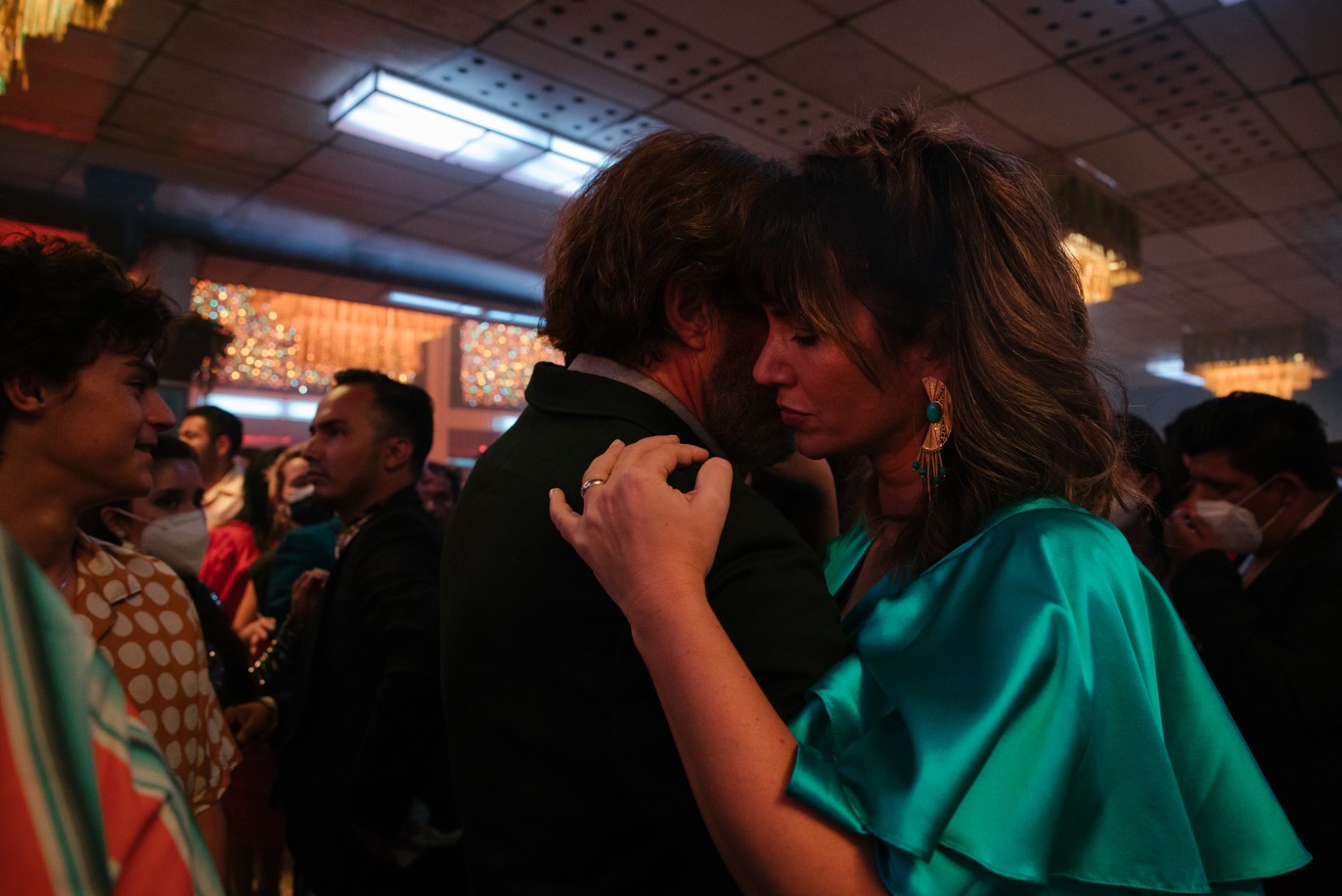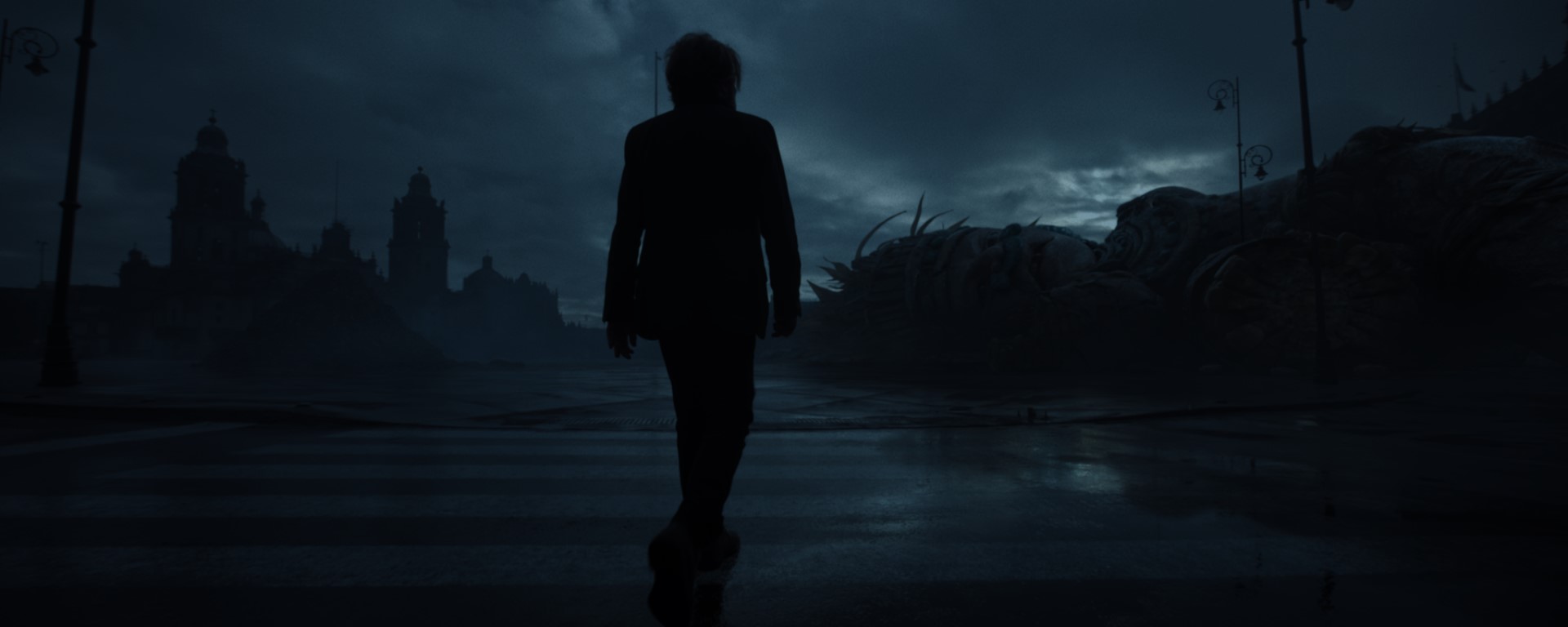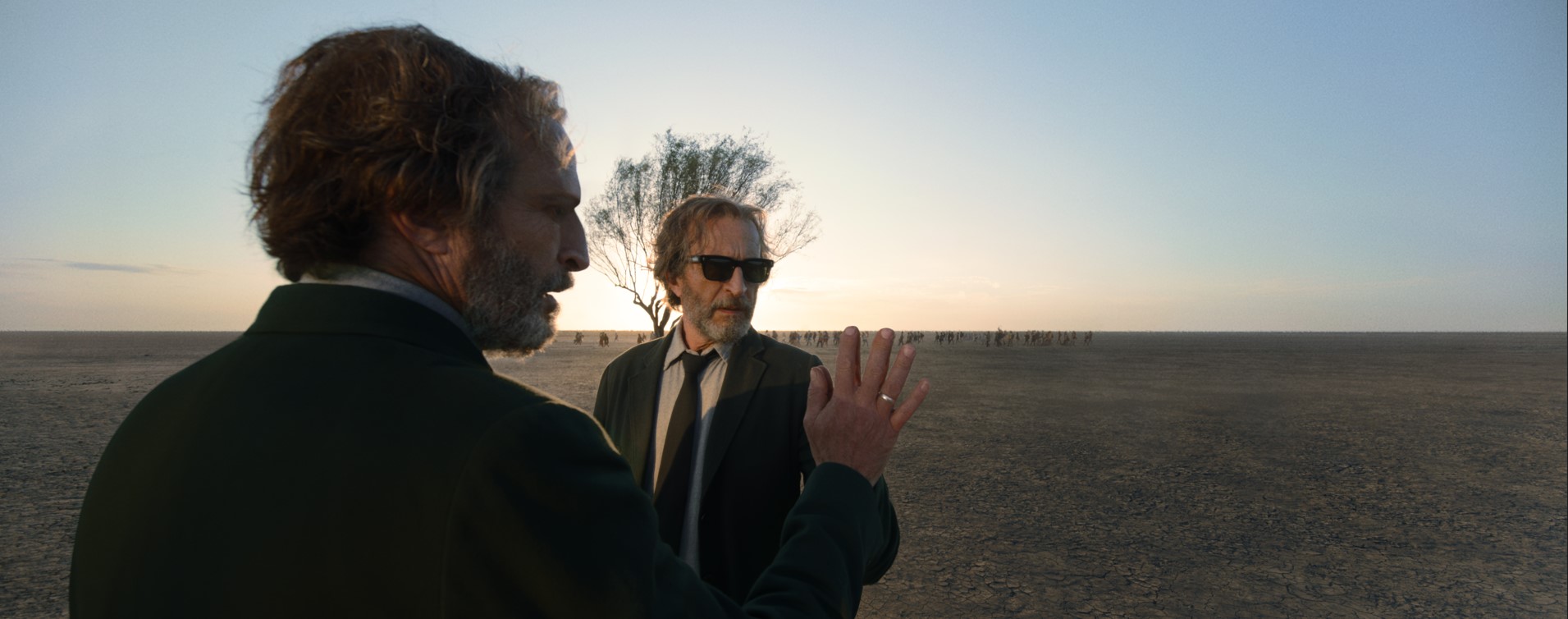‘Bardo, False Chronicle of a Handful of Truths’ is the seventh feature film of the Mexican auteur Alejandro González Iñárritu (‘The Revenant’) and inarguably the most personal. The story follows Silverio Gama (Daniel Giménez Cacho), a celebrated Mexican journalist turned documentary filmmaker. In the weeks leading up to Silverio becoming the first Latin American recipient of the prestigious Alethea Award, Silverio visits his native country, for the first time in 15 years, to celebrate his most recent work and finds himself dealing with existential crisis and imposter syndrome, while his interactions with the world around him become increasingly surreal. Here is everything you need to know about the ending of ‘Bardo, False Chronicle of a Handful of Truths.’ SPOILERS AHEAD.
Bardo False Chronicle of a Handful of Truths Plot Summary
The film begins with one of the most disturbing opening sequences of 21st-century cinema. After inspecting a newborn, the doctors announce that the said newborn wants to return inside his mother, and they proceed to help him with that. The mother turns out to be Lucía (Griselda Siciliani), Silverio’s wife. She walks out of the hospital with Silverio, dragging the umbilical cord across the floor.
The first scene after the opening credits shows Silverio sitting on the L.A. Metro, holding a pouch containing three axolotls. It’s important to mark this scene in our mind as we get back to it in the last part of the film. Silverio is highly regarded for his journalistic ethics, and his body of work is recognized across the world, even though his most recent documentary, ‘False Chronicle of a Handful of Truths,’ has been criticized for being overindulgent. Silverio has been out of his home country for 15 years, and both he and the country have changed in the intermediate time.

Silverio’s arrival in Mexico City causes quite a stir. We are also given a brief context of what’s happening beyond the immediate world of Silverio. Amazon, the American company, is set to buy the Mexican region of Baja California, and the governments of both countries are involved in the deal. Silverio meets up with the American ambassador, who offers access to the American president for an interview in exchange for helping the president with the Hispanic community. They meet at Chapultepec Castle, the historical location of the 1847 Battle of Chapultepec and the suicides of the Niños Héroes. As the ambassador laments the dead youths and their wasted potential, Silverio drily observes that Mexican history is riddled with instances of turning disgraceful defeats into mythic victories.
The battle plays out before both the ambassador and Silverio, accompanied by comedic music. This sense of surrealness sets the tone of the film. It is incredibly whimsical and meandering, following a chaotic plot that doesn’t adhere to any coherent narrative setting. As the audience, we follow the maze of Silverio’s experience, jumping from one cluster of events to the other. The shifts between the sequences are seamless and honestly feel unnatural in cinema, where we are accustomed to abrupt changes in setting and flow.
Bardo, False Chronicle of a Handful of Truths Ending: Is Silverio Dreaming?
The film’s title is a big clue about the most significant revelation in the story, which puts the entire narrative into perspective. The phrase “Bardo” is Tibetan Buddhist in origin and roughly translates to the state of existence between life and death. In the last act of the film, it is revealed that Silverio suffered a stroke while traveling on the L.A. Metro. He had bought three axolotls for his son, Lorenzo, just like the ones the boy used to have when he was a child. Silverio had a stroke, and no one noticed, even though the pouch carrying the axolotls fell out of his hand, and the three salamanders died. It wasn’t until the train reached its final station that a cleaning crew member, also a Mexican immigrant, realized what had happened and alerted the authorities.
Silverio has been in a coma since then. What we have seen until this point in the movie is actually Silverio’s brain trying to make sense of his memories. And this is why everything seems so surreal.

At the same time, some aspects of the story which seem would be part of the world of make-believe within Silverio’s mind turns out to be actually happening in real life (or rather, the real life within the context of the film). The sale of Baja California to Amazon is an excellent example of this. In a scene where Silverio’s family and friends come to see him, it is made clear that the sale is happening outside Silverio’s dreams as well.
Our dreams rarely have any sequence or structure. Most people feel lucky if they remember what they dreamt the previous night. As a filmmaker, Iñárritu seems to have emulated this sense of chaos in what Silverio experiences in his coma. Iñárritu also emulates how fluidly things change in dreams. This is why there is no abrupt break between the two sequences in the film. The changes happen in a single shot. In one moment, Silverio can be speaking to his dead father on the night when his work is celebrated in Mexico and then meet up with his mother, who has dementia. In the next, he can find himself confronted by the reality of Mexico’s gang violence and people who go missing every year because of it and can interact with Hernán Cortés on top of a pile of corpses of indigenous people in the Zócalo, the main square in central Mexico City.
As mentioned above, ‘Bardo, False Chronicle of a Handful of Truths’ is a deeply personal film for Iñárritu, though he has reiterated in multiple interviews that the narrative is heavily fictionalized. He urges the audience not to seek to understand the movie but feel it, asserting that this is how cinema started in the first place.
This makes ‘Bardo, False Chronicle of a Handful of Truths’ not only Iñárritu’s most personal film but also closest to his idea of cinema. He tells the audience to close their mind and let themselves go so they can follow the filmmaker’s dream, adding that storytelling and narrative are secondary in the equation and can be added later, but they are not the only possibility for cinema.
In the film, Silverio is a stand-in for Iñárritu and represents the director’s beliefs and fears. He is molded by similar experiences as Iñárritu. They both are Mexican immigrants who have lived for more than two decades in Los Angeles and are the child of a mother with dementia. Their relationships with their parents and children are rife with conflicts around the generational gap — a common and universal thing in immigrant households.
Does Silverio Die?
‘Bardo, False Chronicle of a Handful of Truths’ is a film about immigration, identity, family, art, memory, and dream. Its non-linear narrative reaches its zenith with the revelation that the main character, Silverio, is currently in a coma, and his family has decided to bring him to Mexico. And that’s all the glimpses of reality we get in the film, along with perhaps the fact that his daughter, Camila, receives the Alethea Award in his stead, but even that scene takes a surrealistic turn, making us wonder whether we are still seeing one of Silverio’s dreams.

The film doesn’t end abruptly, but it does end without providing an answer to Silverio’s eventual fate. Toward the end of the film, Silverio finds himself in a desert. It might appear so, but this isn’t probably the afterlife, but rather a space conjured by Silverio’s mind, where he reunites with his deceased family members and seemingly ignores the projections representing his wife and children. There is also a copy of Silverio himself, and they mirror each other’s movements. The film’s ending is identical to its beginning, where we see Silverio taking giant leaps and flying. We are left to wonder whether Silverio lives or dies or continues to be in a coma.
Given that the film comes to a full circle in terms of visual imagery, I think we can presume that Silverio continues to be in a coma. In his dream, he has discovered that he is pretty much in control of what happens around him and prefers that over the uncertainties of reality. If he ever wakes up, he has to deal with his life and all the limitations and obligations it brings. For now, he seems content to be restricted in his own mind because that gives him the freedom he desires.
What Happened to Mateo?
Mateo is Silverio and Lucía’s firstborn, whose reverse birth we see early in the movie. Like almost everything else in this film, the incident is depicted through the prism of Silverio’s experience and hence is heavily ladled with surrealism.
It is later revealed in the film that Mateo was indeed born and was alive for 30 hours before passing away. Silverio and Lucía have had his ashes since then. They went on to have two more children but never really recovered from Mateo’s death. Given that he buys the axolotls in his dream after returning to America and has the salamanders with him when he has the stroke, it’s safe to conclude that Silverio and his family traveled to Mexico in the real world as well and had a more or less similar experience, except the surrealism. If that’s the case, the Gama family also immersed Mateo’s ashes in the real ocean, finally allowing themselves to move on.
Read More: Is Bardo Based on the True Story of Alejandro González Iñárritu’s Life?


You must be logged in to post a comment.